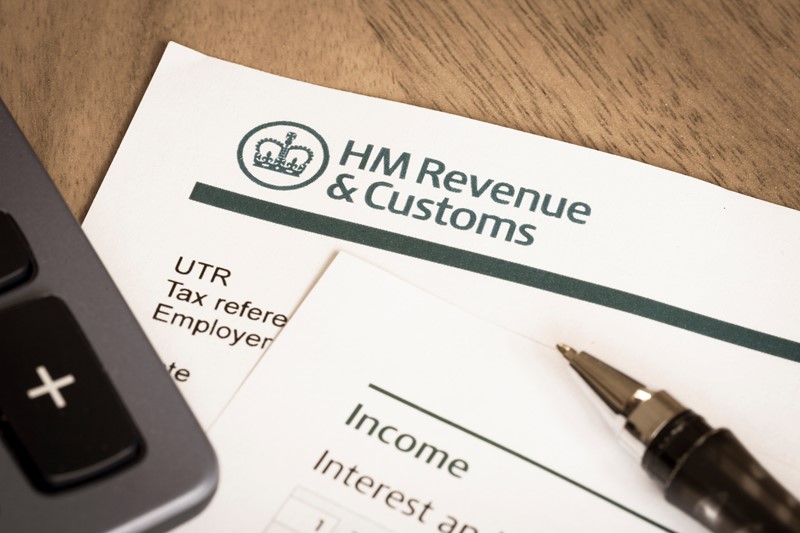Managing business cashflow

Cash Flow Forecasting
Creating a cash flow forecast helps you predict your inflows and outflows, allowing you to anticipate any cash shortages. Update it regularly, be conservative in estimates, and account for any seasonal trends. A well-maintained forecast can help you identify potential issues early on and take corrective actions.
Speeding Up Cash Inflows
Encourage customers to pay promptly by offering incentives for early payments or tightening credit terms. Automated invoicing can also speed things up. If you’re struggling with long payment cycles, consider invoice factoring, where you sell invoices to a third party to unlock cash quickly.
Control Cash Outflows
Negotiate extended payment terms with suppliers, and stagger payments throughout the month to maintain cash in your account longer. Review expenses regularly and eliminate unnecessary costs. Using business credit cards for small purchases can help but be cautious about interest rates.
Build Cash Reserves
Aim to have an emergency fund that covers at least three months’ worth of expenses. This will provide a safety net during slow periods. Set aside money for tax obligations, such as VAT and corporation tax, to avoid any last-minute cash crunches when payments are due.
Use Financing Options
If necessary, consider short-term financing options such as overdraft facilities or short-term loans. These can provide relief during a cash crunch but should be used strategically and sparingly to avoid long-term financial strain. Invoice financing is another option if you have cash tied up in outstanding invoices.
Review Your Pricing Strategy
Make sure your prices are in line with your costs, especially if inflation or other market conditions have driven up your expenses. Periodic reviews of your pricing can ensure you’re generating enough revenue to cover costs and build cash reserves. Adjust prices if necessary and consider a value-based pricing model.
Monitor Key Metrics
Keep a close eye on metrics like Days Sales Outstanding (DSO), which tracks how quickly customers are paying. The lower the DSO, the better for your cash flow. Also, monitor your gross profit margin and liquidity ratios, ensuring you have enough cash on hand to cover liabilities.
Plan for Growth
Rapid growth can strain cash flow if you don’t plan for it properly. When expanding, ensure your forecasts account for the additional costs you’ll incur. Where possible, opt for gradual, sustainable growth, and consider pre-selling products or services to raise cash in advance.
Are you using the best VAT scheme?
Consider using the VAT Cash Accounting Scheme if you’re VAT-registered and qualify to use this scheme. It lets you pay VAT only when you’ve been paid by your customers, easing cash flow pressures.
Prepare for Uncertainty
Scenario planning helps you prepare for unexpected cash flow problems. By considering best, worst, and expected cases, you’ll be more prepared for any surprises. Insurance can also help by covering unexpected events that could otherwise create a financial burden.
We can help
If you are experiencing cashflow difficulties and would value advice with implementing any of the above strategies, please call, we can help.



